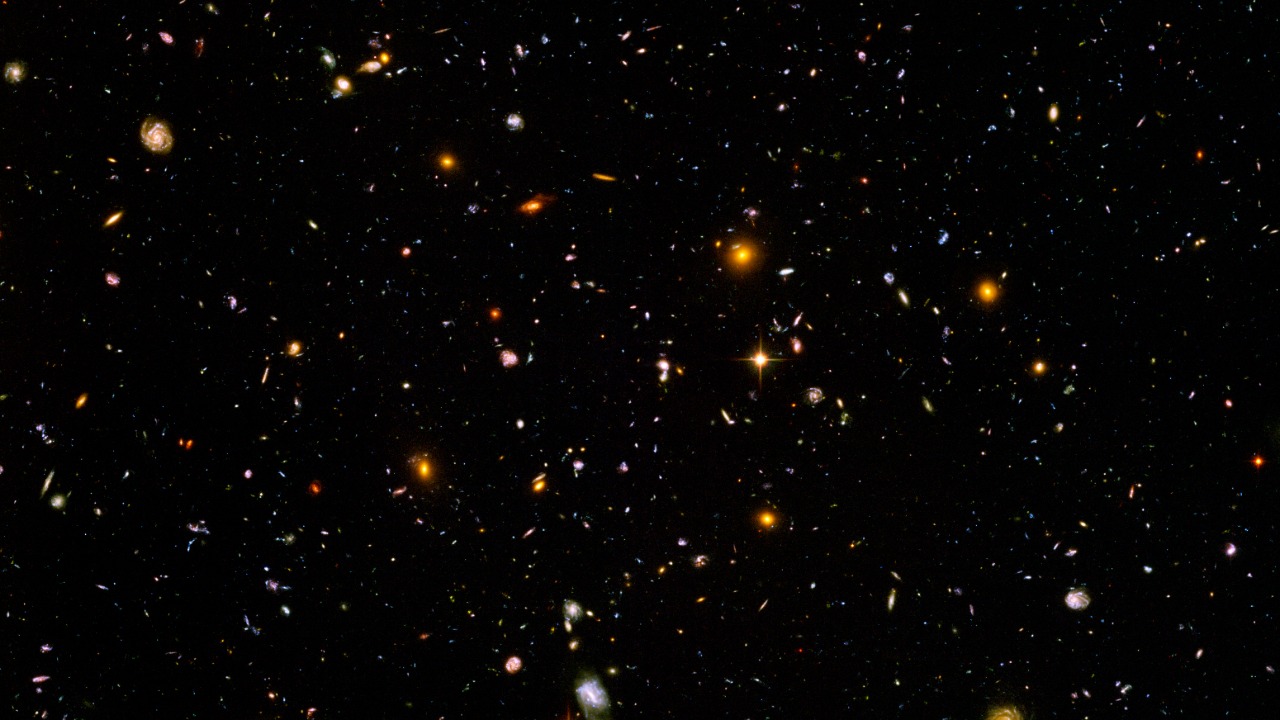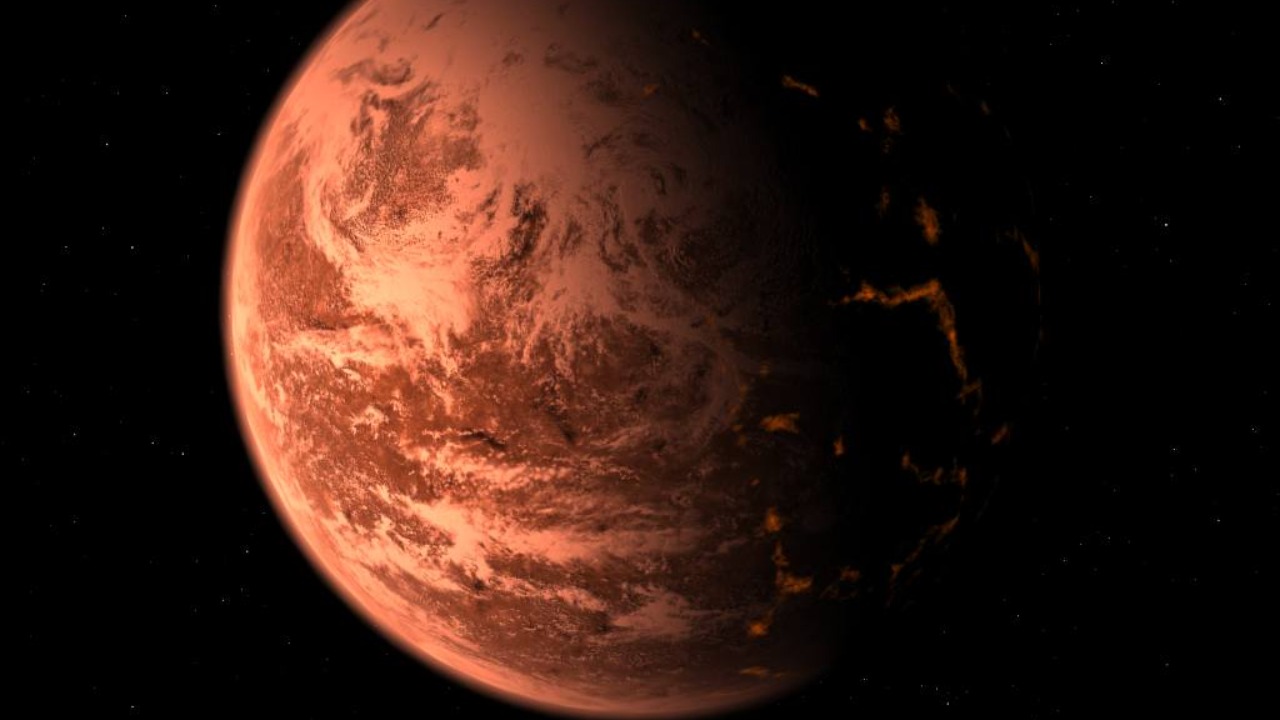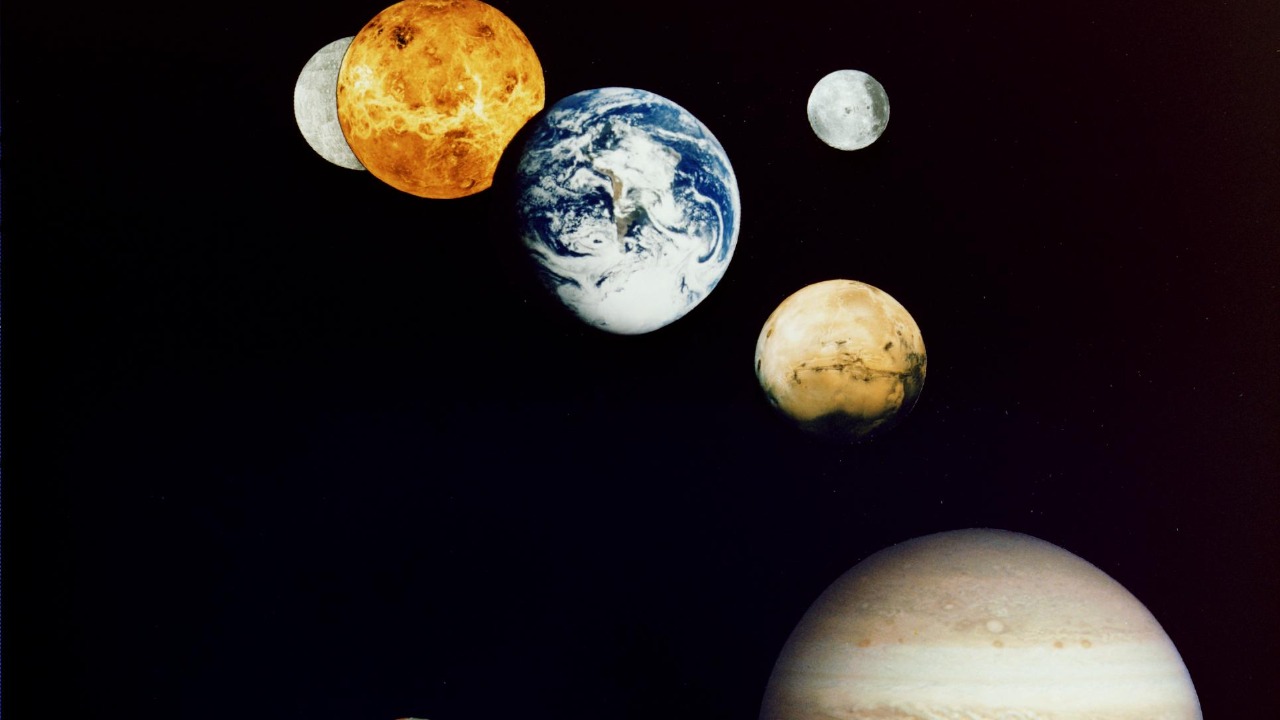
Astronomers have identified an interstellar comet entering our solar system, sparking excitement and intrigue within the scientific community. This rare event offers a unique opportunity to study an interstellar object, raising questions about its origin, trajectory, and potential impact on the solar system.
The Discovery of the Interstellar Comet

The recent detection of 3I/Atlas, an interstellar object confirmed to be the third such visitor ever discovered, marks a significant milestone in astronomy. Initially spotted by the ATLAS telescope network, 3I/Atlas was identified by its distinct comet-like appearance, featuring a fuzzy outline and a potential tail. These characteristics suggest a composition rich in gas, ice, and dust, similar to comets within our solar system but originating from beyond it. The object’s high velocity further confirms its interstellar origin, as its speed exceeds that of objects formed within our solar system.
Initial observations of 3I/Atlas have provided valuable insights into its trajectory and composition. By tracking the object’s path through our solar system, astronomers have been able to gather critical data on its behavior and interactions with solar system bodies. This information helps scientists understand the dynamics of interstellar objects and their potential effects on our celestial neighborhood. The significance of this discovery cannot be understated, as it offers a rare glimpse into the unknown regions beyond our solar system, similar to previous encounters with ‘Oumuamua and Borisov.
Understanding Interstellar Comets

Interstellar comets are celestial bodies that originate from outside our solar system and pass through it without being bound to the Sun. Unlike comets that orbit the Sun in our Oort Cloud or Kuiper Belt, interstellar comets travel from other star systems, often as a result of gravitational interactions or ejections from their original environments. These objects are intriguing due to their mysterious origins and the potential clues they hold about planetary formation, stellar systems, and the dynamics of our galaxy.
The formation of interstellar comets remains a topic of speculation and research. They are thought to be ejected from distant solar systems during the chaotic early stages of planetary formation or through gravitational encounters. Estimates suggest that such interstellar visitors, including comets and asteroids, may be relatively common, with potentially billions of rogue objects wandering the Milky Way. This prevalence raises intriguing questions about their role in the broader cosmic ecosystem and their potential to carry materials like water or organics that could inform our understanding of life’s building blocks.
Implications for Solar System and Beyond

The entry of 3I/Atlas into our solar system prompts a closer examination of its potential gravitational effects. Although it will not be permanently captured by the Sun, its passage could still have minor influences on the orbits of nearby small objects due to its limited mass. Understanding these interactions is crucial for assessing any potential risks associated with interstellar visitors entering our solar system.
While the likelihood of a direct collision with planets or other celestial bodies is low, the presence of 3I/Atlas provides an important opportunity for scientific research. By studying this interstellar visitor up close, scientists can gain valuable insights into interstellar chemistry, the formation of distant solar systems, and the complex dynamics of such objects. The data collected during this encounter will help refine existing models and improve our understanding of these enigmatic celestial wanderers.
Technological and Collaborative Efforts

The discovery and tracking of 3I/Atlas highlight the importance of international collaboration among astronomers and space agencies. The global effort to study this interstellar comet involves a network of observatories and space missions, working together to gather and share data. This collaborative approach ensures that the scientific community can maximize the potential of this unique event.
Advanced instruments and technologies play a crucial role in tracking interstellar objects like 3I/Atlas. Ground-based telescopes and space-based observatories are used to monitor its trajectory and characteristics, while potential space missions could provide a closer look at its composition and behavior. These technological advancements not only enhance our understanding of interstellar comets but also prepare us for future encounters with interstellar visitors.
Public Interest and Education

The discovery of 3I/Atlas has captured the public’s imagination, with media coverage highlighting the excitement and intrigue surrounding this rare event. The fascination with interstellar comets and other objects reflects a broader interest in the mysteries of the universe and our place within it. This interest is further fueled by educational programs and initiatives that aim to increase public understanding of interstellar phenomena
Beyond scientific curiosity, interstellar objects have also influenced art, literature, and popular culture. They inspire stories of cosmic exploration and the search for extraterrestrial life, reflecting our enduring fascination with the unknown. As we continue to learn more about these mysterious wanderers, they will undoubtedly continue to spark imagination and inspire future generations to explore the cosmos.